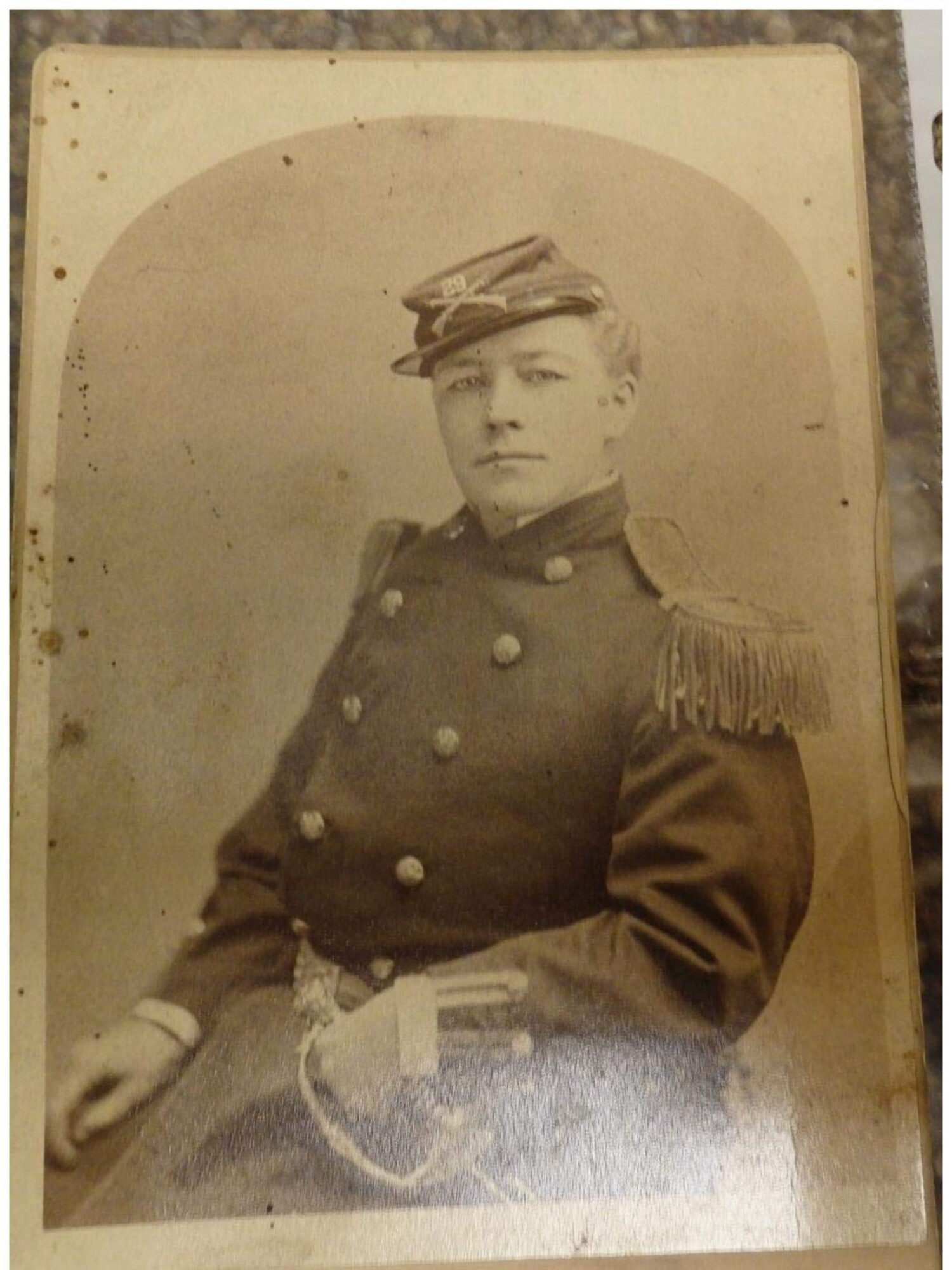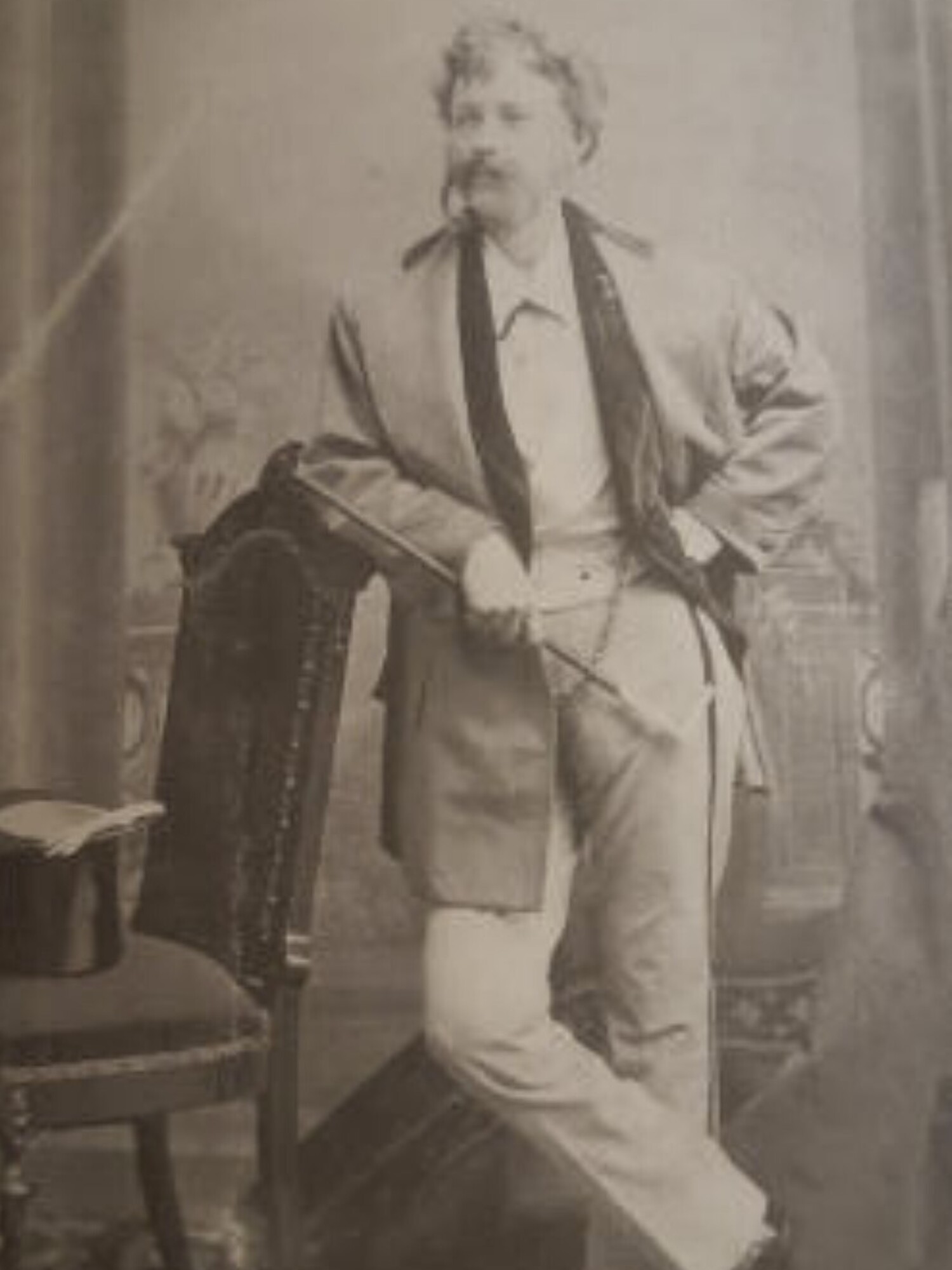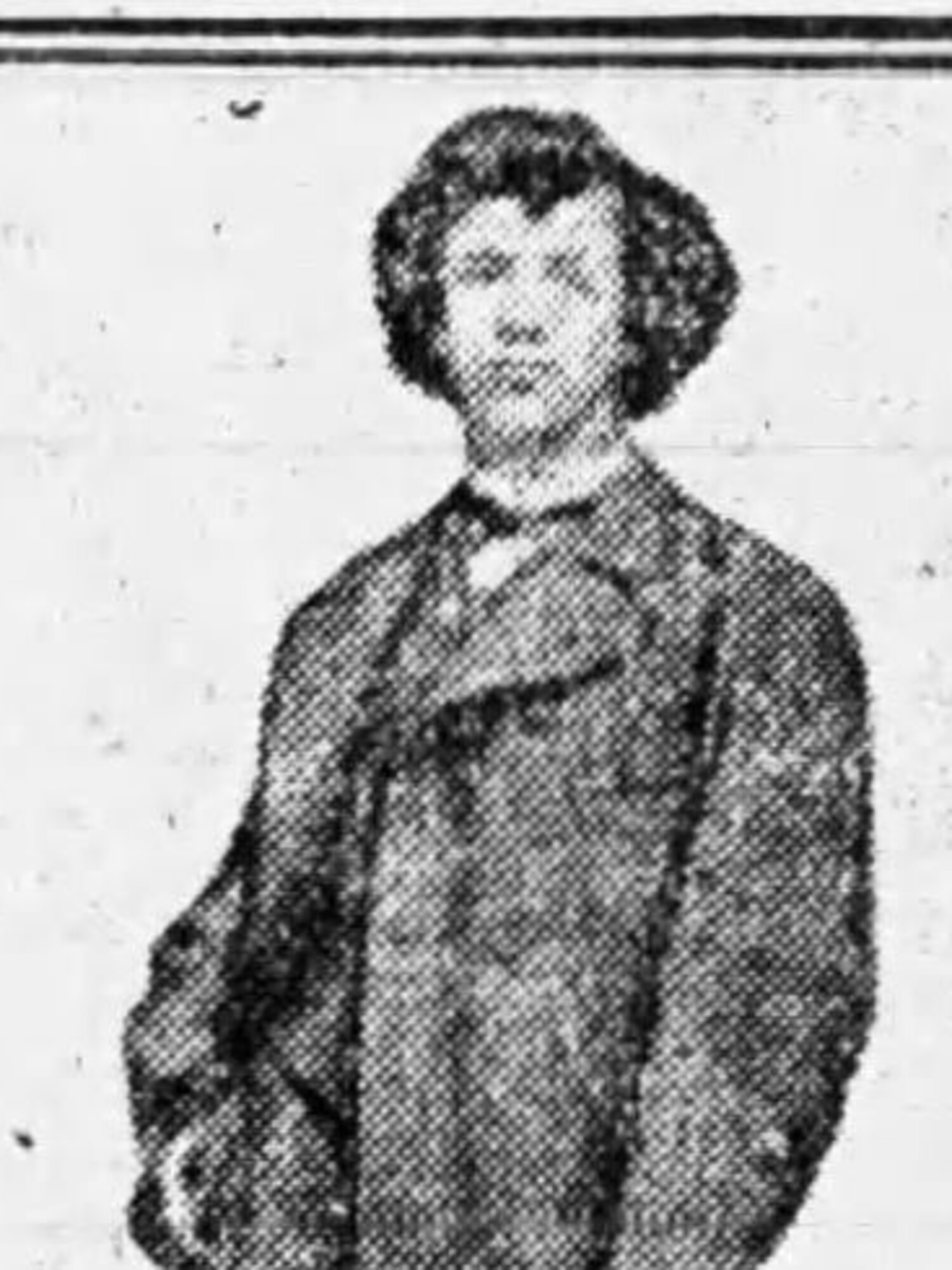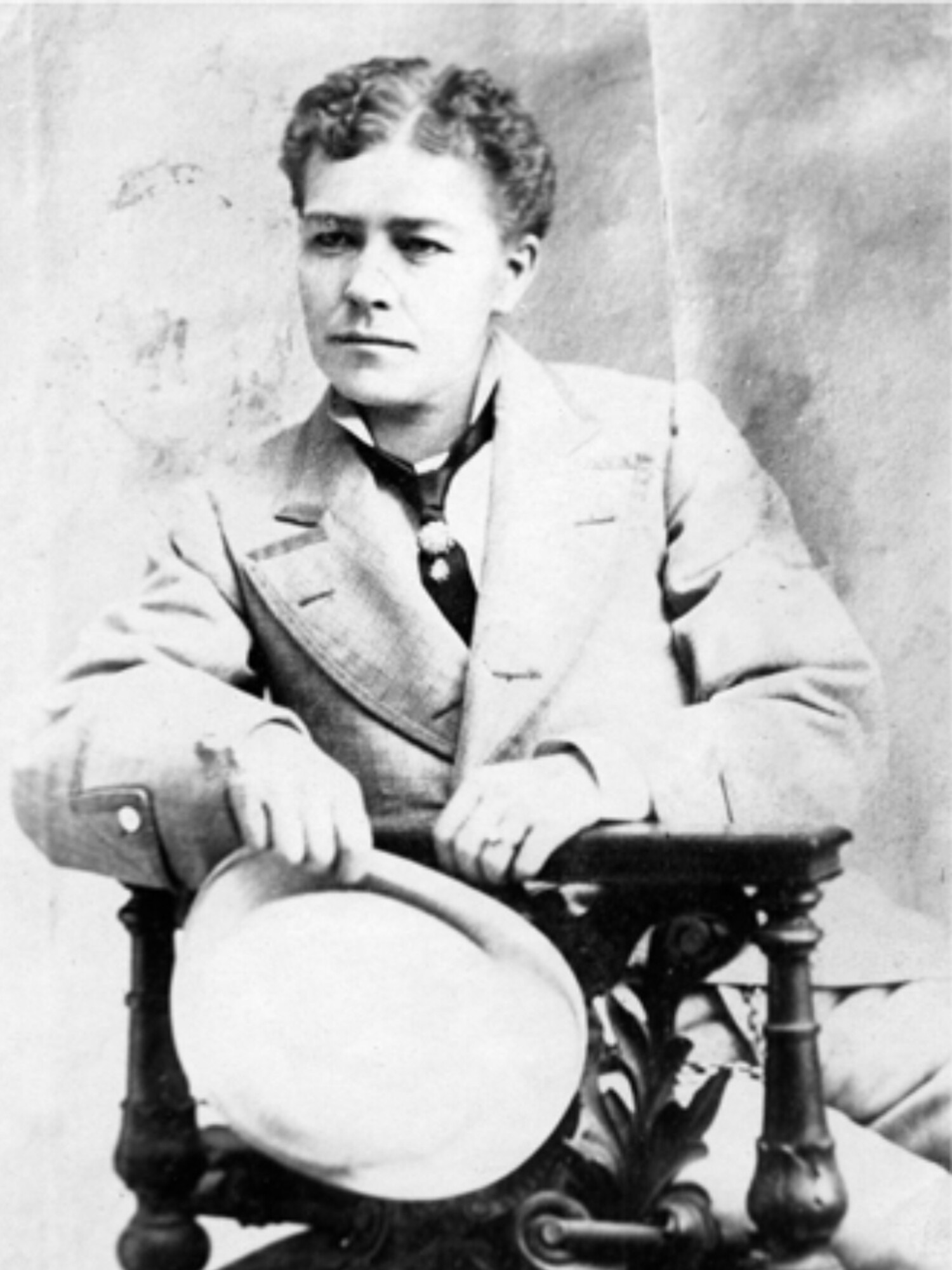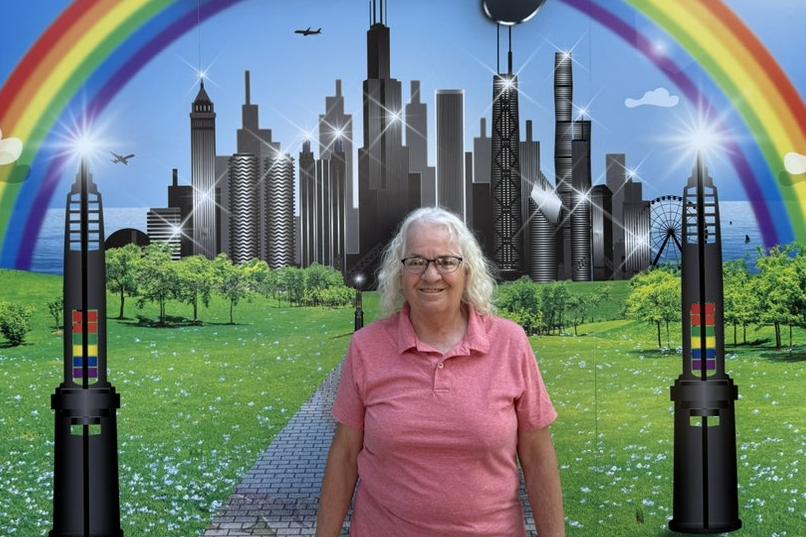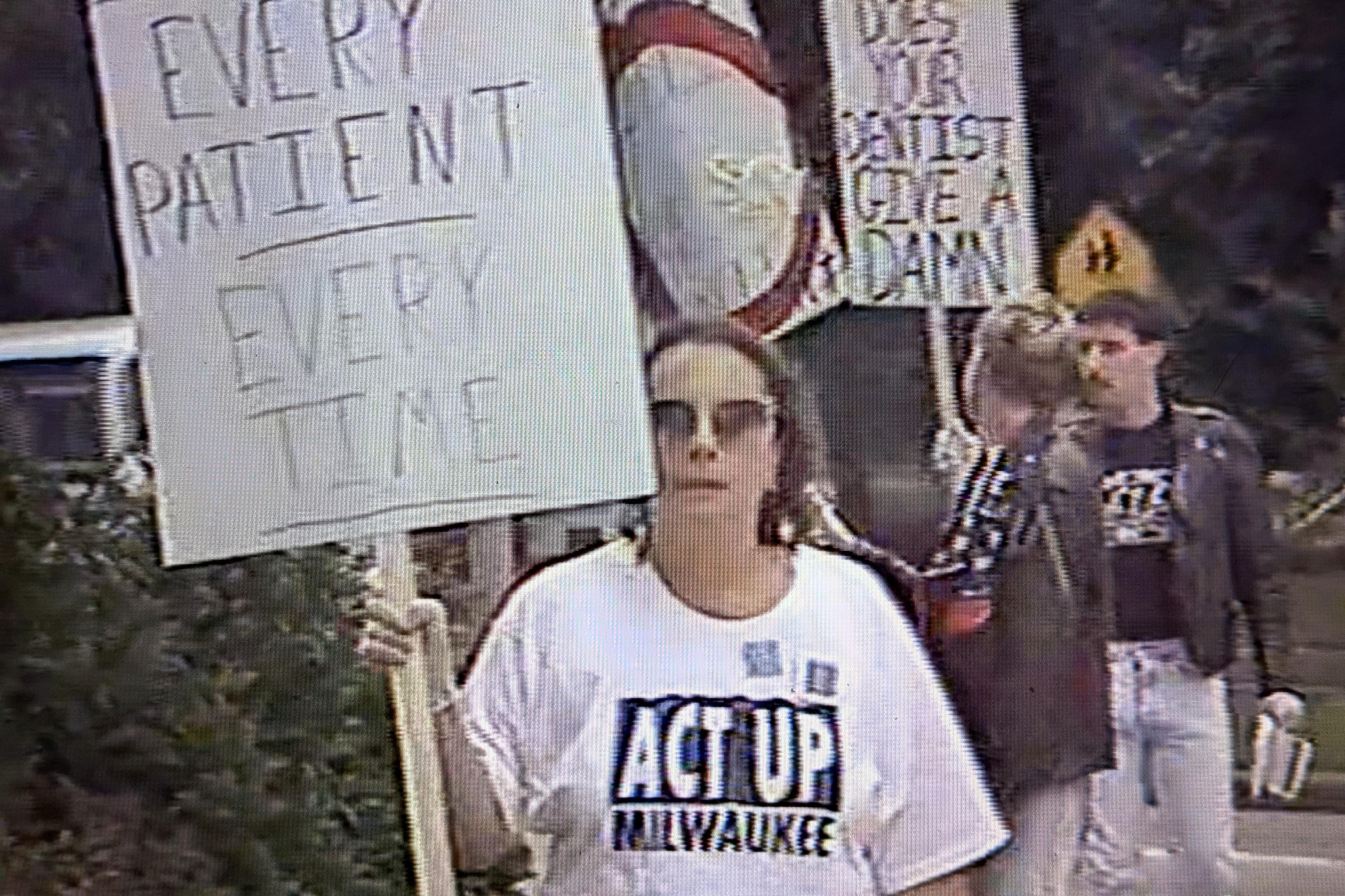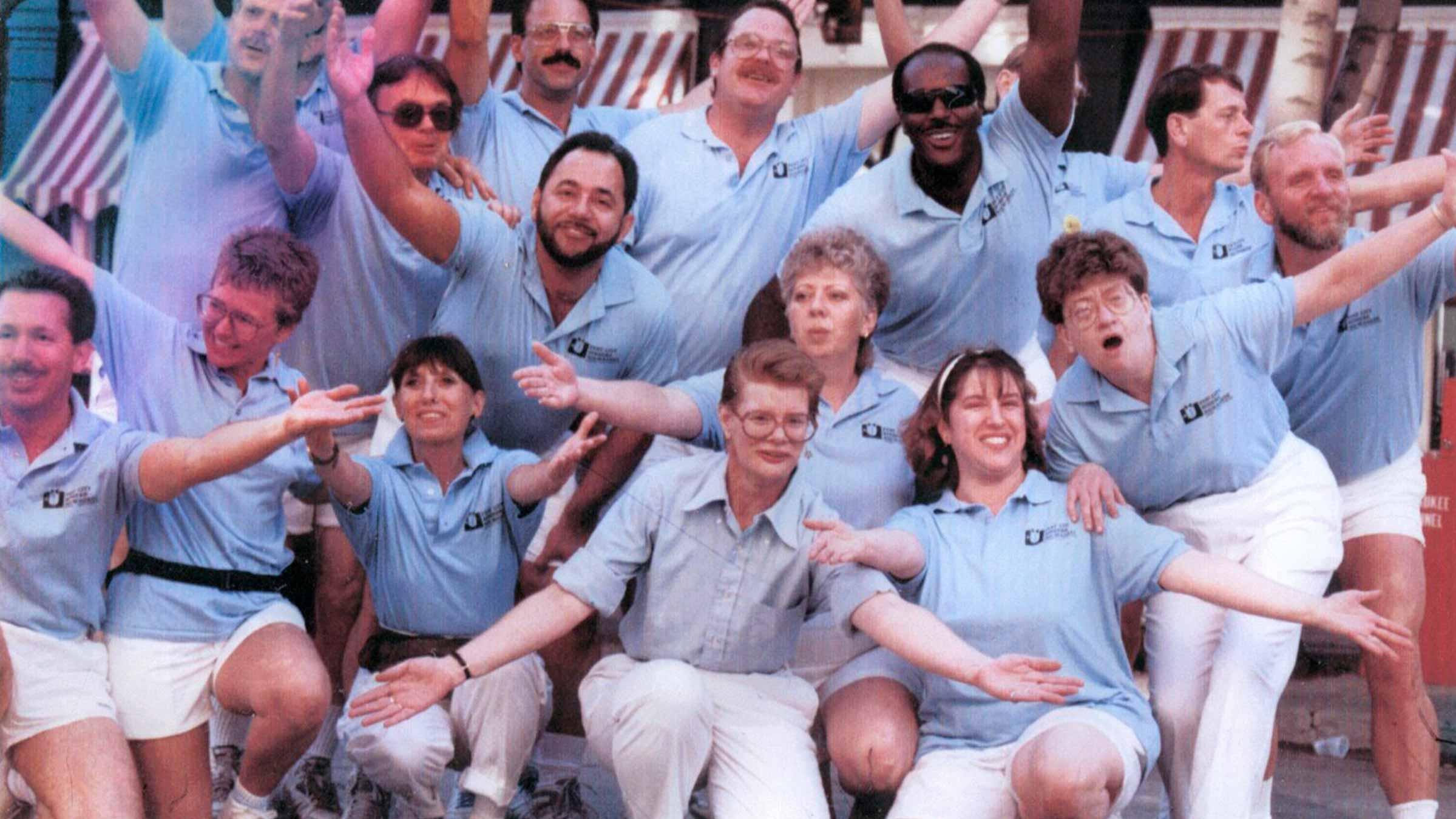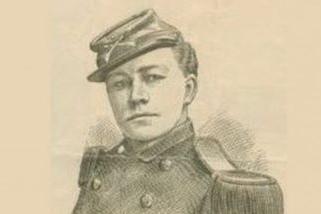
Annie Hindle: America's first celebrity drag king

“Whether She is He, or He is She, they are the Greatest Male Impersonator Living.”
In antebellum America, there were twice as many male roles as female roles at any given time. Female performers were expected to be attractitive, while docile and subservient. Actresses were expected to be objects of beauty first, and morally upright second. They were not allowed to perform comedy – especially off-color or racy jokes.
For this reason, classical theater still cast men in a surprising number of female dramatic roles, especially roles that were intended to be comical or satirical. In other words, female impersonators were more highly valued (and more highly paid) by most American theater companies than female actresses.
Annie Hindle changed everything. She was the first male impersonator (or “drag king”) to appear on the variety stage. Only days after arriving from London in August 1868, she was making headlines and hoopla for herself in New York City. Within a few years, male impersonators were among the most highly paid variety performers in America.
Womanizing in a man’s world
In 1875, Hindle became the manager of the Grand Central Varieties of Cincinnati, a role not usually available to women at the time. Even during the Long Depression, Hindle and Wesner were very highly paid, and often out-earning their male co-stars at $100-$150 per week. This made it possible for them to thrive independently without male husbands or managers.
Annie Hindle’s poetry appeared in the New York Clipper throughout the 1870s, and it was often quite revealing. Sixteen poems describing love and loss – written about females in a female voice – seemed to send secret messages to an unrequited same-sex lover. The poetry confirms long-standing suspicions that Annie Hindle’s primary romantic interests were women.
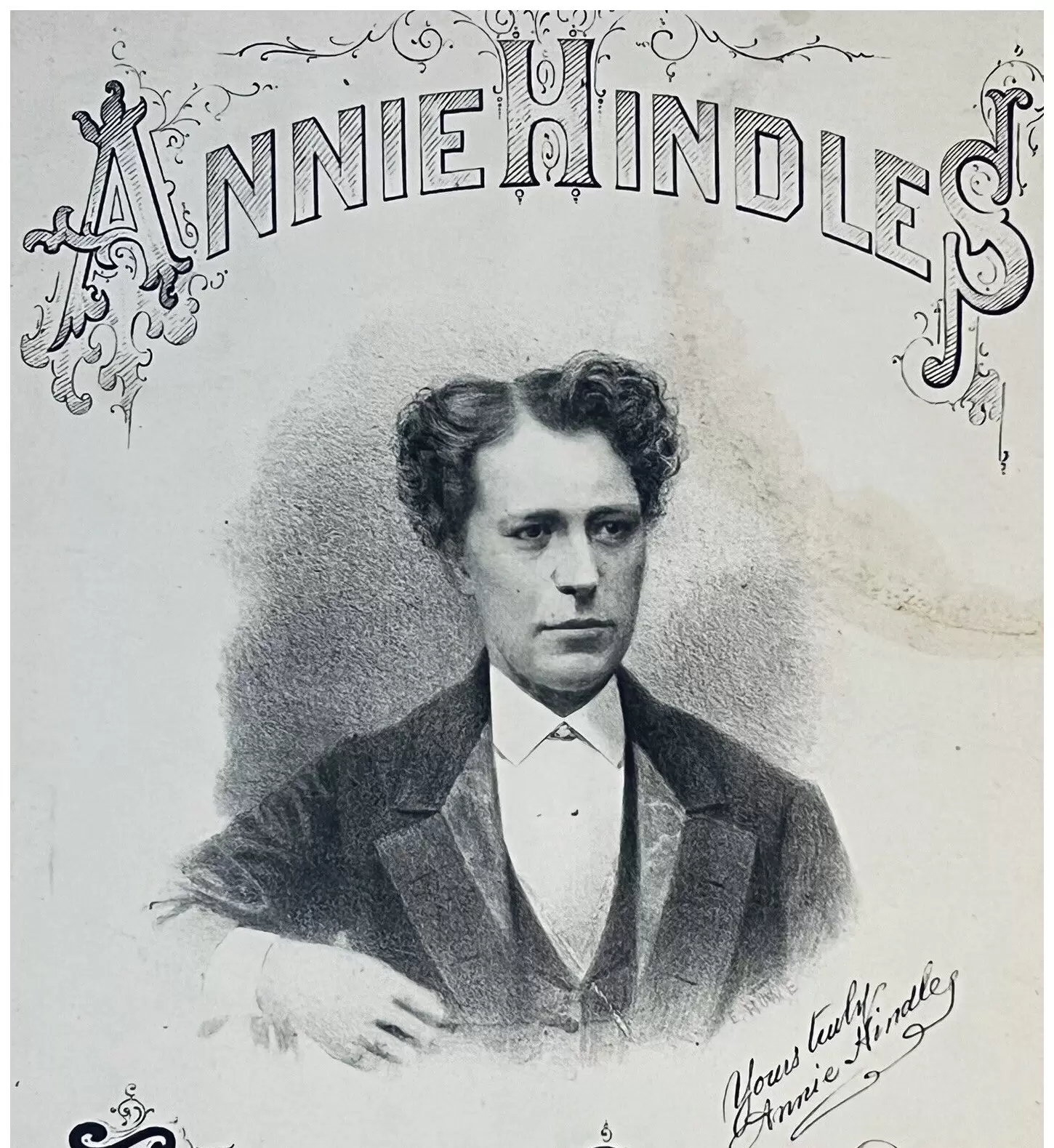 Annie Hindle show program
Annie Hindle show program
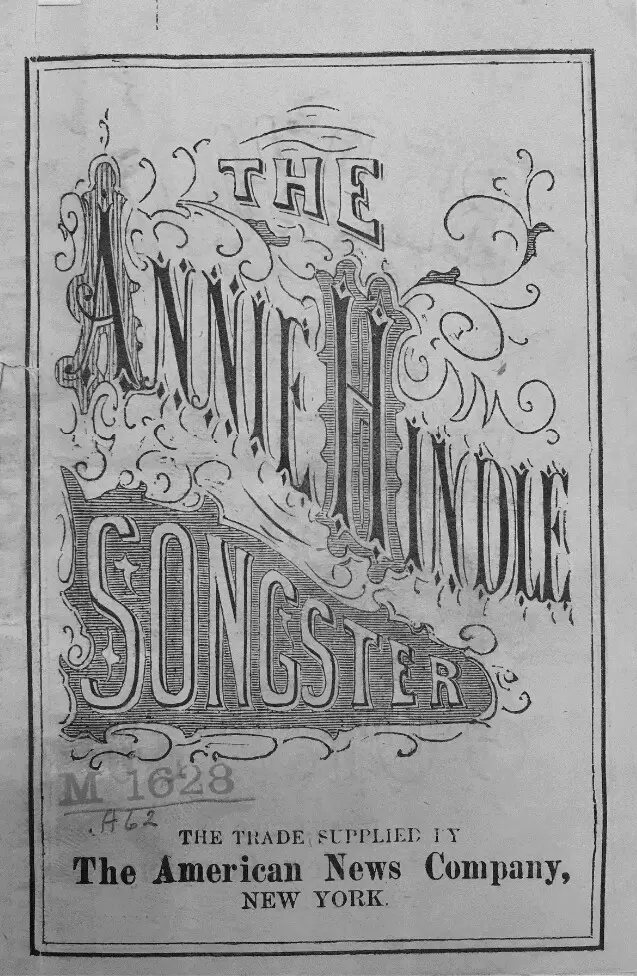 Annie Hindle Songster
Annie Hindle Songster
Charles Vivian remarried after their separation, although the couple had never divorced, and Annie Hindle certainly had no need for a divorce either. Instead, she became a runaway groom – of a sort.
Researchers have discovered multiple marriage records for Hindle under the alias “Charles,” such as “his” December 1868 marriage to dancer Nellie Howard in Baltimore, and “his” November 1870 marriage to Blanche DuVere in Washington, DC. DuVere later reinvented herself as male impersonator Blanche Selwyn.
In September 1878, she married performer William W. Long, although the couple never actually lived together. Soon afterwards, the New York Clipper posted an announcement that Miss Augusta Gerschner was suing Annie Hindle for jewelry pawned for Hindle’s financial benefit. The column doesn’t specifically explain the relationship between the women, but it seems it was more than financial.
Billing herself as the “King of Fashion,” Hindle joined May Fisk’s Blonde Burlesque troupe in 1878, but the show was banned for “indecent content.” She toured variety houses from the Midwest to Cuba throughout the next few years.
However, Ann Hindle’s death in March 1883 deeply affected Annie, as she found herself alone for the first time. She chose to chase headlines with gimmicks and publicity stunts, claiming to offer $10,000 to anyone who could solve the mystery of “whether She is He, or He is She, the Greatest Male Impersonator Living.”
In 1886, she married her tailor Annie Ryan in a Grand Rapids wedding ceremony conducted by a Baptist minister. Technically a bigamist twice over, Hindle was chased by local reporters until she “confessed” that she was a man all along. On June 7, 1886, the Grand Rapids Telegram-Herald ran an expose claiming Hindle was a man, had married Charles Vivian illegally, and had faked her entire stage act since day one.
Somehow, the scandal quietly blew over. Newspapers outside Grand Rapids simply reported that Annie Hindle, under the name Charles Hindle, married Annie Ryan, who has been traveling with him or her as a maid for five years. They left immediately for Cleveland.”
Gossip about Hindle’s dalliances with her co-stars and handmaidens had percolated for years. Members of the troupe knew about the relationship and did not care. Some believe the wedding – and the gender reveal – were another one of Hindle’s publicity stunts. While there were frequent mentions of her marriage, nobody ever publicly challenged her gender again.
When the company performed in Buffalo, the local newspaper commented “there are probably few people…last evening who recognized in the character of Miss Annie Hindle, the only living woman who has a living wife. By everyone, it was agreed that her appearance was the hit…but few were aware of her remarkable history or knew of the extent to which she has carried her clever impersonation.”
For about five years, Hindle and Ryan lived together peacefully in Jersey City Heights. Hindle built them a comfortable home where "the neighbors respected them, the world did not disturb them with its gossip, and fortune was kind to them," according to The Metropolitan.
"Both dressed as woman, and lived together as man and wife, and were apparently happy," wrote the Reading Eagle. "The papers from that city claim they had the full respect of the community."
This was shockingly unusual for any American same-sex couple in the 1880s.
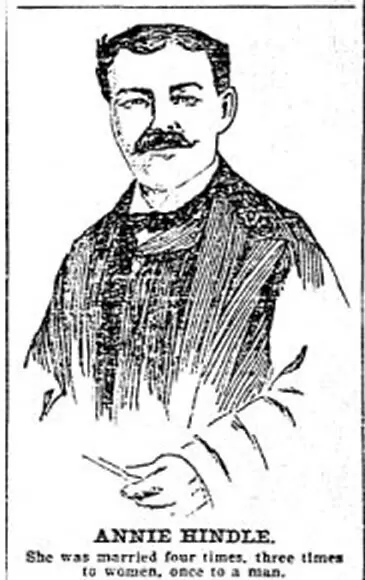 Newspaper sketch of Annie Hindle, 1897
Newspaper sketch of Annie Hindle, 1897
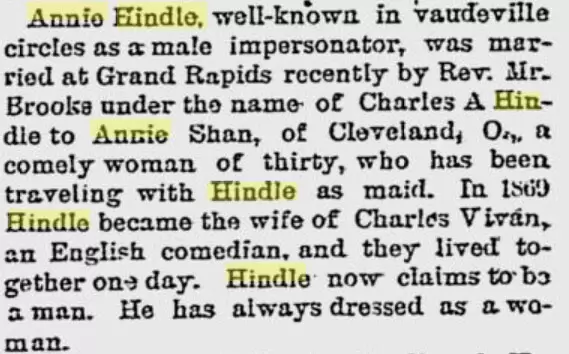 Annie was often identified by press as a man. (South Haven Sentinel Jun 19, 1886)
Annie was often identified by press as a man. (South Haven Sentinel Jun 19, 1886)
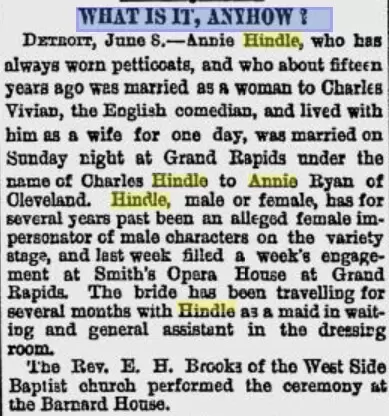 Annie's gender was the subject of endless speculation (Paterson Daily Press Jun 9, 1886)
Annie's gender was the subject of endless speculation (Paterson Daily Press Jun 9, 1886)
Hitting the skids
For the next few years, Hindle toured venues she might earlier have shunned: dime museums, blue collar variety shows, and burlesque companies. One of her tours brought her to Jacob Litt’s Dime Museum in Milwaukee for a weeklong stay in November 1884.
“The Dime Museum continues to draw large crowds,” wrote the Milwaukee Journal on November 19. “Miss Annie Hindle, the male impersonator, has become a favorite. Her make-up as a dude is very good.”
“As a male impersonator, her sex is so concealed that one is apt to imagine that is a man who is singing,” wrote another critic.
Annie was the first male impersonator to arrive in Milwaukee, only five months after The Only Leon bedazzled audiences at Nunnemacher’s Music Hall on June 7, 1884. She wasn’t the last. Over the next few years, the city went wild for impersonators, notably Miss St. George Hussey, who took up a residency at the Grand Opera House in January 1886, and Ada Armour, who played Litt’s Theater for a spring run in 1888.
When her wife died in December 1891, she moved to Manhattan and returned to the stage almost immediately.
On June 26, 1892, she married Louise Spangehl of Troy, New York, in another Baptist wedding ceremony. Their marriage – Hindle’s fourth – was reported far and wide in national newspapers, and oddly enough, without any moral judgement. The couple met during Hindle’s local performance, but it’s not clear how they met, or if they ever actually lived together. Hindle left Troy, New York for the next show of her tour and Spangehl stayed behind.
It’s possible this wedding, too, was a publicity stunt – but in the end, the headlines did very little for the twilight years of Hindle’s career.
By the 1890s, social concerns about gender roles were increasing. Fears about “mannish women” began to be as loud as complaints about effeminate men. Parents were warned against the dangers of “education and ambition” leading women to develop traits contrary to feminine nature.
“The nineteenth century has developed something between a woman and a man, called a ‘mannish woman,’” wrote one reporter. “She slaps her knees, she affects the most masculine of hats and ulsters, her language is of the stable and the boathouse, she delights in slang, she wears no gloves allowing her hands to grow red and coarse, she parts her hair on one side. Who can care for, or protect, this mannish woman?"
Despite her outspoken love for women, her scandalous affairs and marriages, and her onstage character, Annie Hindle was never accused of being a “mannish woman” nor an “invert” (a very negative sexological term used to describe lesbians that strongly implied they were -- in today's terms -- actually transgender.) Only in her old age did reporters begin to question her mental health, and that was based more on public intoxication than gender identity.
Some newspapers reported that Hindle identified herself as a man, but our researchers have been unable to find direct or definitive quotes stating this.
Was this a publicity stunt to attract audiences? Was this based on her marriage licenses, where she named herself as Charles Edward Hindle? Was this based on the long-standing public perception that she wasn't an impersonator, but a real man all along? Or did Annie honestly and truly feel she was male, but assigned a female body at birth? We may never truly know -- and yet, we want to.
It's certainly clear that her audience forgave her for taking multiple wives as much as they forgave her for taking multiple husbands.
By the turn of the century, Hindle and Wesner were considered “old-timers” of the stage, and no longer marketable or fashionable. In fact, reporters could be quite cruel to them.
"A strange fate has overtaken Annie Hindle...she has grown a moustache, and actually believes at time that she is a man. In male dress, she presents all the appearance of an ordinary man...[She] was originally a rather pretty girl..."
"Her voice became masculine in tone, and recently it appears that her mind has become somewhat unhinged..." wrote The Montreal Metropolitan in 1897.
As vaudeville rose in popularity, women were allowed more active stage roles unthinkable in Hindle’s time. These roles included many famous female impersonators, but male impersonators disappeared from American stages for many decades. Grace Leonard and Vesta Tilley visited Milwaukee during World War I, and Kitty Doner in the 1920s, but they were seen more as niche curiosities than an art form. Hindle was a hard act to follow.
Annie spent her final years in Ohio. She was reported to be on her deathbed in 1896 but was arrested for public intoxication in Buffalo in September 1900. She returned to a two-year stage engagement in Toledo in 1901. Her final known performance was singing at either Dayton’s Odeon Theater or Cincinnati’s Casino Theater in October 1904. After those shows, she simply disappeared.
Married six times, but never divorced, Hindle had no known children or successors of any kind. Nobody has ever been able to determine where, when or how she died, or where she was laid to rest.
For someone who lived every day of her life with a bang, she seems to have ended it with a whimper.
Postscript: Ella Wesner
On May 3, 1914, the Milwaukee Sentinel wrote, “Ella Wesner was the greatest male impersonator the stage has ever known .She was the real man of real life. For many years, Miss Wesner made a huge salary and helped to support an aged mother and sisters.
Poverty overtook her, and we called upon this once famous star to see what might be done. “About how much do you require,” said I, and said she “I would like at least enough to get a haircut and a shave.”
Ella Wesner (1841-1817) died in the Bronx at age 76. She was buried in a mens suit at her request at Evergreens Cemetery in Brooklyn.
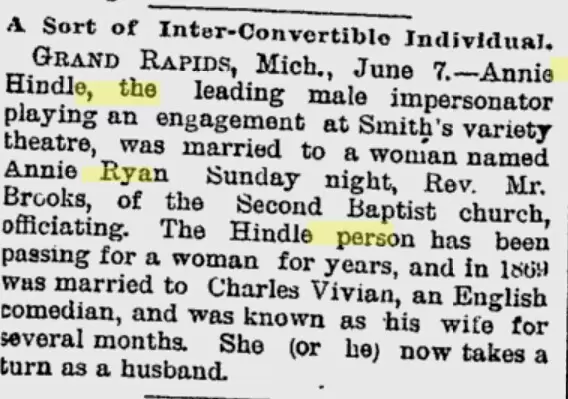 Annie Hindle marries Annie Ryan, 1886
Annie Hindle marries Annie Ryan, 1886
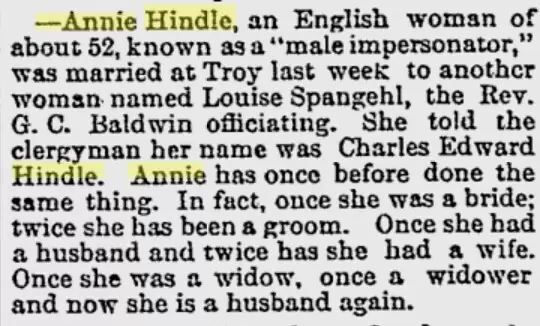 Annie Hindle marries Louise Spangehl, 1892
Annie Hindle marries Louise Spangehl, 1892
recent blog posts
December 17, 2025 | Michail Takach
December 16, 2025 | Michail Takach
December 01, 2025 | Dan Fons
The concept for this web site was envisioned by Don Schwamb in 2003, and over the next 15 years, he was the sole researcher, programmer and primary contributor, bearing all costs for hosting the web site personally.
